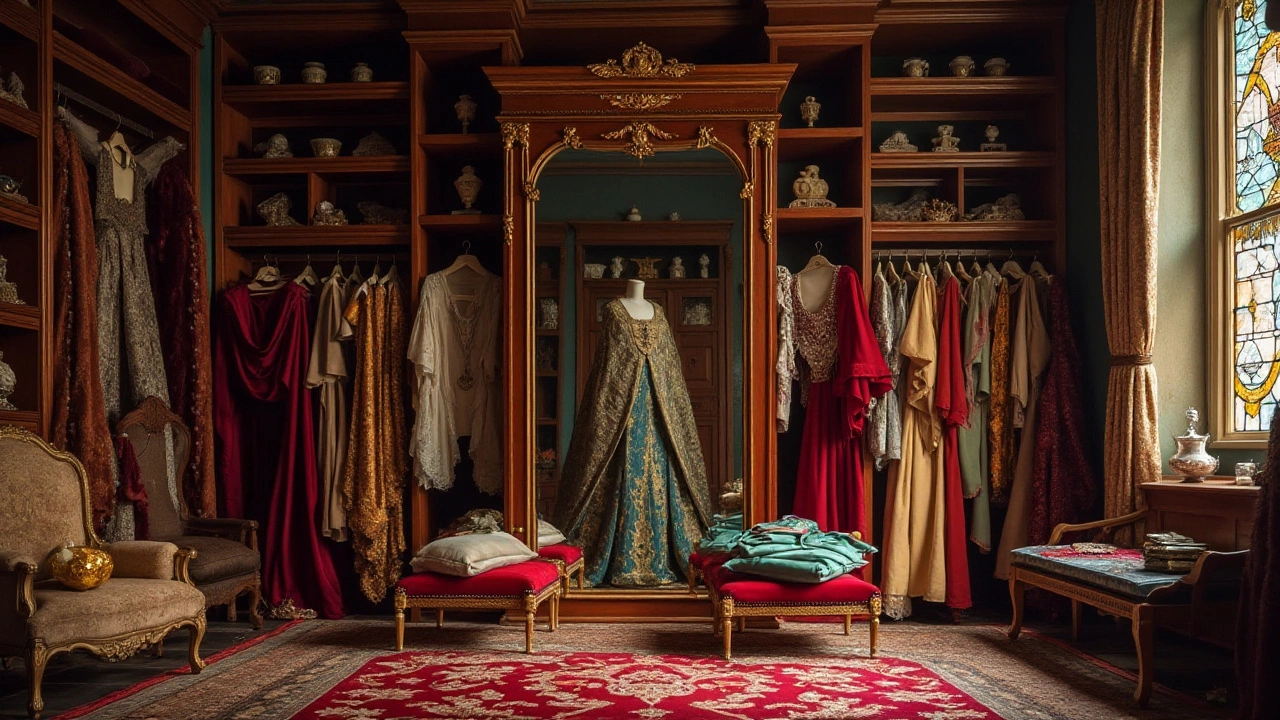Fashion History: How Style Evolved Over Time
Ever wonder why a modern hoodie looks nothing like a Roman toga? The answer lies in centuries of trial, trade, and tiny tweaks. Fashion isn’t just about looking good; it’s a mirror of culture, technology, and even politics. Below you’ll find the most useful bits of that long, winding story and why they matter for your wardrobe today.
Key Periods That Shaped Clothing
First, think about the ancient world. Early humans used animal skins for warmth, then added simple dyes from plants. Those basic choices set the stage for everything that followed. In ancient Egypt, cotton and linen became symbols of status, while the Greeks introduced draped fabrics that celebrated the human form.
Fast forward to the Middle Ages. Clothing became a language of rank: the richer the fabric, the higher your place in society. Woolen tunics, embroidered sleeves, and tall hats told everyone where you fit in the feudal ladder.
The Renaissance sparked a love for detail. Tailors started cutting cloth to fit the body more closely, and vibrant colors signaled wealth. This period also saw the birth of tailoring as a craft, leading to the modern suit.
The industrial revolution turned everything upside down. Machines could spin yarn faster and cheaper, so fabrics flooded the market. Suddenly, the middle class could afford styles that were once exclusive to aristocrats.
In the 20th century, fashion exploded. The 1920s flapper dresses broke tradition, the 1960s mod look celebrated youth, and the 1990s grunge brought comfort to the forefront. Each decade reflected social shifts, from women’s rights to music culture.
Why Knowing Fashion History Helps Today
Understanding the past gives you a cheat sheet for building a wardrobe that lasts. If you know that a well‑cut blazer has roots in the Renaissance, you’ll appreciate its timeless shape and invest in quality.
Historical trends also recycle. That’s why you see today’s designers pulling from Victorian lace or ‘70s wide‑leg pants. Spotting those references can help you pair new pieces with vintage finds without looking forced.
Style lessons from history teach you what works for your body. Ancient Greeks favored drapes to hide flaws, while modern designers use tailoring to highlight assets. Apply the same logic: choose cuts that flatter your shape rather than blindly following every runway hype.
Finally, fashion history reminds you that trends are temporary. A pair of skinny jeans may dominate now, but they’ll fade. Knowing this lets you buy items you love, not just what’s hot, saving money and reducing waste.
So next time you shop, ask yourself: Does this piece echo a timeless silhouette? Does it tell a story? When you connect the dots between past and present, you’ll dress with confidence, purpose, and a dash of historical flair.
Exploring the Intricacies of Royal Wardrobes: Clothing Fit for Royalty
Royal wardrobes, also known as regal wardrobes, have a rich history steeped in tradition and opulence. These wardrobes are carefully curated collections of clothing specifically designed for members of the royal family. The wardrobe is more than just clothing; it signifies status, power, and history. Exploring these wardrobes reveals fascinating insights into the evolution of fashion and offers a glimpse into the ceremonial and personal garments of royalty.
More
